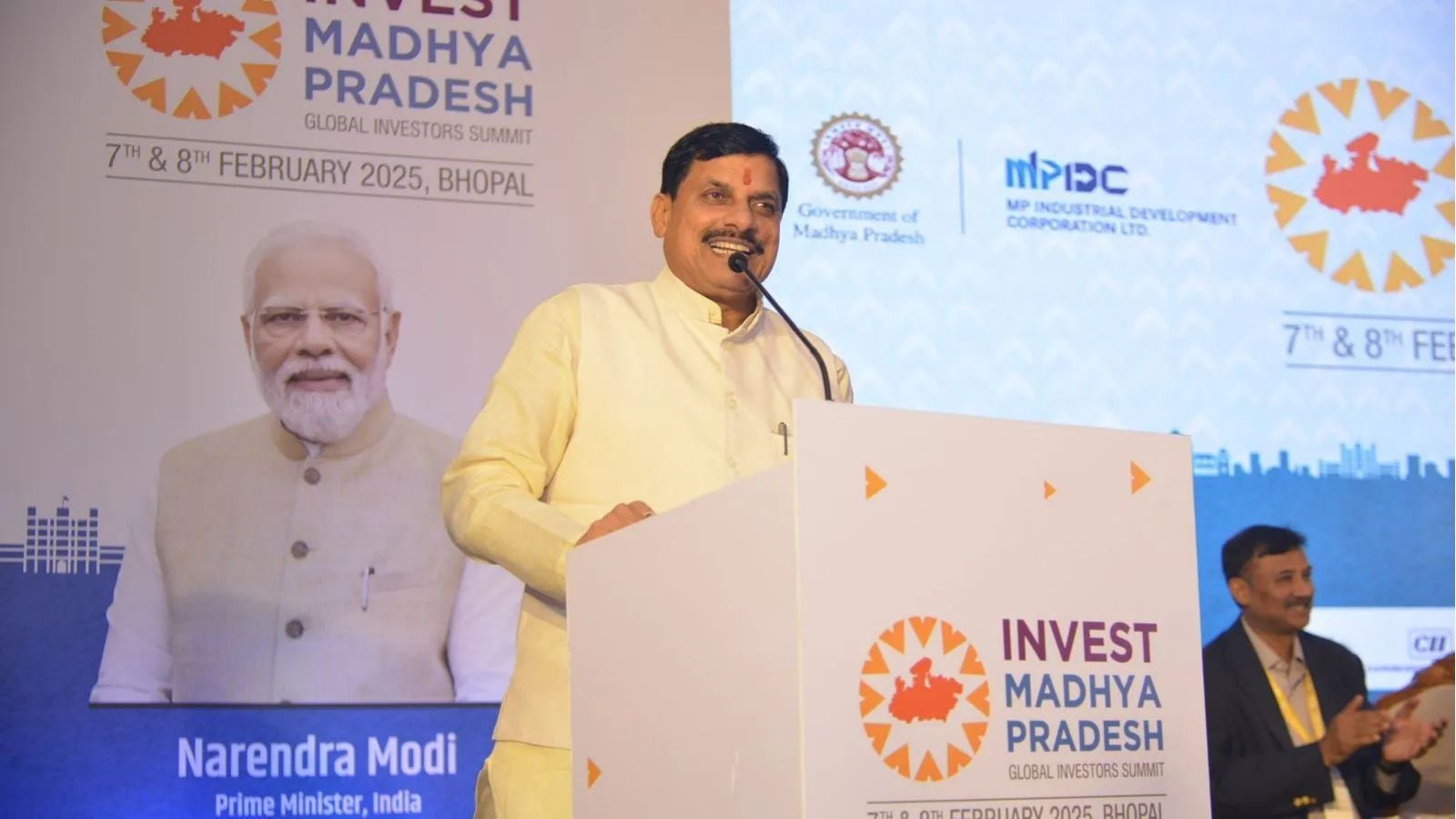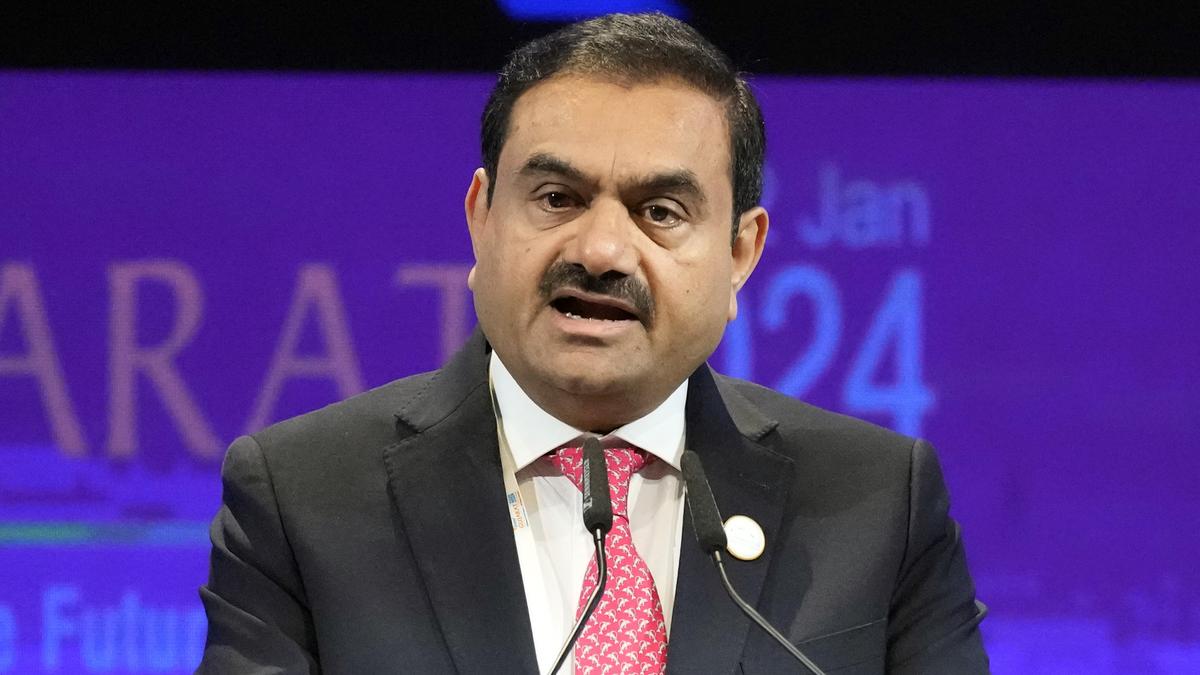As the first batch of Indian pilgrims since 2020 visited the Mansarovar Lake, preparing to begin their return journey on the Kailash Mansarovar Yatra, they expressed the hope that India and China could agree to allow more yatris to make the trek in future years.
Mount Kailash and the Mansarovar Lake lie in the Tibet Autonomous Region of China.
This first batch of pilgrims left Delhi on June 15 and arrived this week at Darchen to begin the Parikrama or circular route around Mount Kailash. They will head back on Saturday (June 28, 2025), and cross over into India on July 1, completing a route by road of about 2,000 km, trekking an uphill and rugged terrain of about 52 km on foot. As they touched the pristine blue waters of Mansarovar Lake, the world’s highest freshwater lake at 4,588 metres, they burst into meditational chants.
The pilgrimage marks the first resumption of a people-to-people mechanism between India and China after the military standoff at the Line of Actual Control began in 2020.
‘Widen the experience’
“This yatra happens for only three months, and this year, only 750 people were allowed to come for it. As a yatri, and given the experience that we have got here, we would want that both the governments should allow more and more people so they can get to experience this as well,” said Vineet Gupta, a 43-year-old software professional from Mumbai. Mr. Gupta, one of the 36 pilgrims who completed the arduous trek around Mount Kailash on Wednesday (June 25, 2025) and the Parikrama around Mansarovar Lake on Friday (June 27, 2025), said he felt blessed and energised rather than fatigued.
“In all our scriptures, it is said that the gods come to bathe here every day. So when we take the waters, we believe our sins are absolved and that we achieve salvation,” he said, when asked about the significance of the Mansarovar Lake’s water.
Rising tourist nunbers
According to the Ministry of External Affairs’ response to a query in Parliament, the number of pilgrims allowed to join the yatra each year — which is negotiated between the Foreign Ministries of India and China — has fluctuated every year since the route was first reopened in 1981.
In 2015, the Nathu La Pass route via Sikkim was also added to the existing route through Lipulekh pass via Uttarakhand, and 999 pilgrims made the pilgrimage. By 2019, the number had increased to 1,364. With the COVID-19 pandemic disrupting the yatra, however, and tensions on the LAC since 2020 casting a shadow, this year’s cohort is far smaller.
The yatris noted that many whose names were picked by a computerised lottery from about 5,000 applicants did not pass the medical tests. Thus, while each batch is meant to include 50 pilgrims, the first batch only had 36. In recent years, the Chinese government has also restricted visitors to the lake from bathing in the lake, citing “environmental protection purposes”, a Chinese embassy official in Delhi said.
‘Educate pilgrims’
Retired manager Devi Prasad Ketkar, 61, who has travelled here from Mumbai along with his wife, said that the yatra had been “beyond his dreams”, as he had been disheartened by its suspension for the past six years.
Asked whether more pilgrims being allowed to join the yatra could affect the holy sites, Mr. Ketkar said that it was more important to educate visitors than cut their numbers.

“I think restricting the number of pilgrims should not matter as much as the need to educate them about eco-friendly travel and how we must behave towards the environment. That education is much more important for all than restricting travel,” Mr. Ketkar said, in response a question from The Hindu.
The first batch of pilgrims includes men and women between the ages of 20 to 69, all of whom have been able to complete the journey thus far without any medical issues, especially given the altitude, the group said. The oldest among them is 69 year old Pradnya Devi. The silver-haired lady beamed with joy as she prayed to Mount Kailash clearly visible from the banks of Mansarovar, and sprinkled water from the lake over her head, as is the custom. Ms. Devi has taken a vow of silence for the term of the yatra and responded to questions only with head shakes. When asked if she would like to stay longer, however, she nodded vigorously and smiled broadly .



.png)
.png)
.png)
















 4 hours ago
5
4 hours ago
5









 English (US) ·
English (US) ·